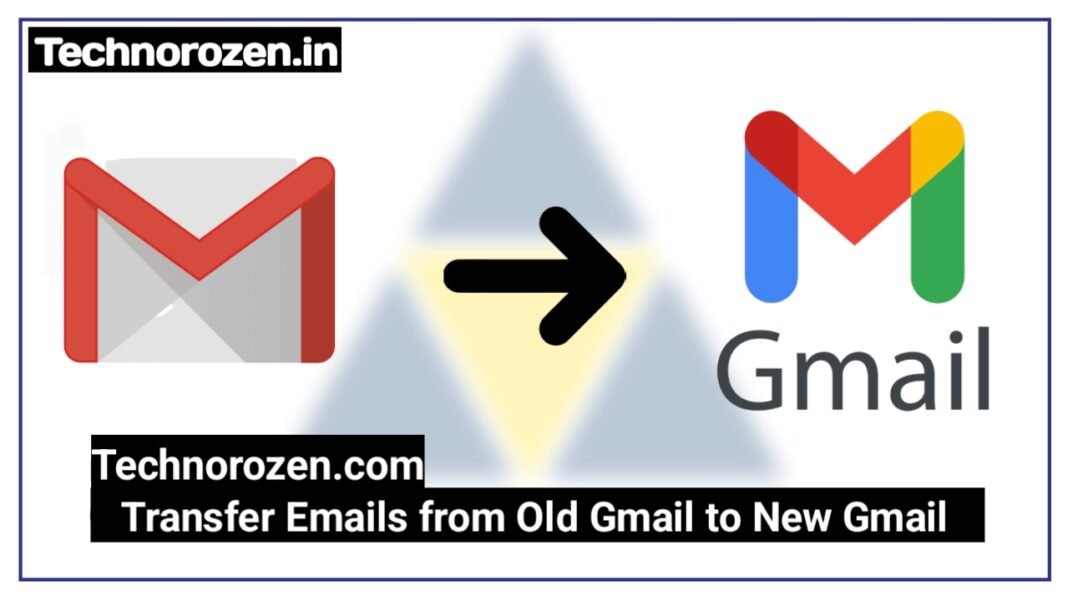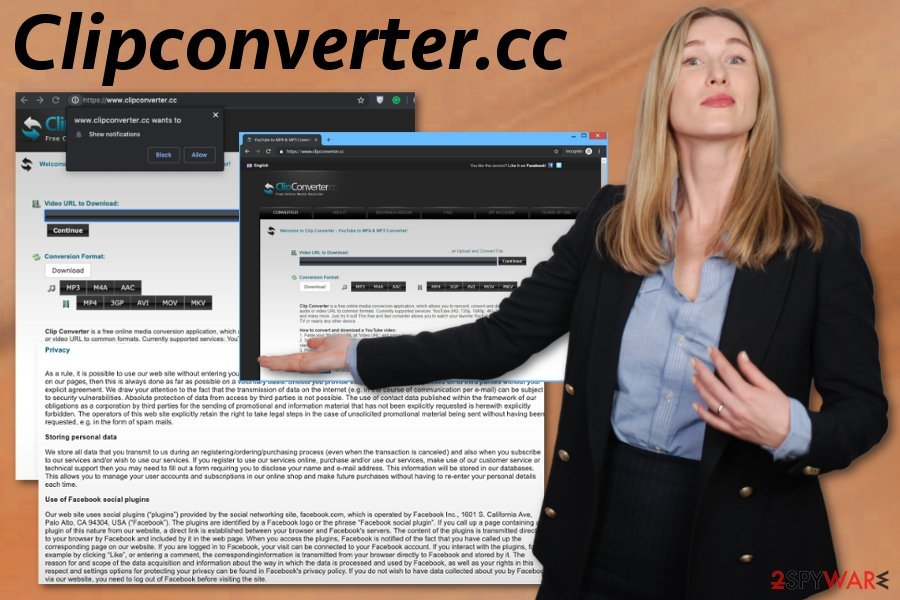Migrating your email from Gmail to Gmail can feel daunting. In this guide—“technorozen.com transfer emails from old gmail to new gmail”—you’ll find a clear path. We cover every key step with simple words, short sentences, and easy structure. Expect quality, relevance, and readability.
Introduction
Need to transfer emails from an old Gmail account to a new one? The technorozen.com transfer emails from old gmail to new gmail process is your solution. This article walks you through why, how, and what to use. Let’s get started.
Why Use Technorozen.com Transfer Emails from Old Gmail to New Gmail?
Readers want tools that are quick and reliable. The technorozen.com transfer emails from old gmail to new gmail guide rises to the task. It promises a smooth shift with minimal fuss.
Common Reasons to Migrate
- You got a new, cleaner Gmail address.
- You want to move from a cluttered old inbox.
- You’re consolidating personal and work emails.
- You need a fresh start or more storage.
Understanding these reasons helps you pick the best method.
Key Methods to Transfer Emails from Old Gmail to New Gmail
From the top sources, three main methods emerge—each with its own steps and perks.
1. Gmail Built-In “Import Mail & Contacts” Method
One of the easiest ways is via Gmail’s own migration feature.
Steps:
- Log in to your new Gmail.
- Click the settings gear, then “See all settings.”
- Go to Accounts and Import.
- Click Import mail and contacts, and enter your old Gmail.
- Sign in and grant access. This uses ShuttleCloud for transfer.
- Choose to import old emails, contacts, and future mail for 30 days.
- Click Start import and wait.
This method is simple and beginner-friendly. It brings over your emails and contacts, plus incoming mail for 30 days.
Pros:
- Easy to use.
- Transfers contacts too.
- Handles future emails.
Cons:
- Only covers new mail for 30 days.
- Can be slow for large archives.
2. POP Access + Fetching
Prefer a more controlled method? POP access is your friend.
In the Old Account:
- Log into your old Gmail.
- Go to Settings → Forwarding and POP/IMAP.
- Enable POP for all mail.
- Choose what happens to emails after downloading (keep, archive, delete).
- Save changes.
In the New Account:
- Log into your new Gmail.
- Go to Settings → Accounts and Import → Check mail from other accounts → Add a mail account.
- Enter the old Gmail address, then Next.
- Choose Import via POP3, and input your old account credentials.
- Set secure connection (SSL), labels, and archiving options.
- Click Add Account.
Your new Gmail will fetch old emails. This method transfers all emails—even old ones—and can run automatically.
Pros:
- Transfers all emails, old and new.
- You control labeling and archiving.
Cons:
- Setup is more manual.
- Can take long for large email volumes.
- POP may not preserve labels.
3. Google Takeout + Manual Import
Want full backup control? Try Google Takeout plus manual import.
Steps:
- Go to Google Takeout, select only Gmail, and export an archive (.mbox).
- Download the archive.
- Use an email client like Thunderbird with ImportExportTools.
- Connect your new Gmail, then import the .mbox.
- Let it sync to your new account.
Pros:
- Full control over archives.
- Good for manual or selective import.
Cons:
- Complex and slow.
- Labeling may be lost.
- Needs technical skills and patience.
4. Third-Party Tools (VaultMe, Clean Email, CloudHQ)
Tools can automate the process.
- VaultMe migrates emails with labels, formatting, dates, and attachments intact. It works in the cloud and is easy to set up. Best for business or high-volume transfers.
- Clean Email helps you clean old mails before migrating. It lets you delete or archive unwanted items in bulk, saving time and space.
- CloudHQ offers browser extensions to forward or migrate mail in bulk. Good for a one-time migration or ongoing sync.
Structuring Your Migration
Here’s a quick comparison:
| Method | Best For | Pros | Cons |
| Import Mail & Contacts | Beginners | Easy, transfers contacts & future mail | Only 30-days future mail |
| POP + Fetch | All emails (old & new) | Full transfer, labeling control | Manual setup, no label preservation |
| Takeout + Import | Full backup control | Complete archive | Complex, slow, tech skills needed |
| Third-Party Tools | Business or bulk users | Automated, preserves data structure | Often paid |
Best Practices and Tips
- Clean your old inbox first—delete junk or old mails to reduce storage.
- Label imported emails to keep them separate.
- Enable forwarding for new messages if needed.
- Run a small test before full migration.
- Be patient—large archives take time.
- Use app passwords if your old account has 2FA.
Sample Step-by-Step: POP + Fetch Method (Clean & Clear)
- Log into old Gmail → Settings → Forwarding and POP/IMAP → Enable POP for all mail → Save.
- Log out, then log into new Gmail → Settings → Accounts and Import → Add a mail account → Enter old address → Next → Import via POP3 → Enter credentials → Enable SSL, labels → Add account.
- Wait for migration. Monitor.
- Delete old account or leave it as archive.
Conclusion
The technorozen.com transfer emails from old gmail to new gmail method gives you multiple paths. Choose based on your comfort, needs, and inbox size:
- Beginners → use Import Mail & Contacts.
- Want full transfer → go with POP + Fetch.
- Like backup control → choose Takeout + Import.
- Prefer automation → explore VaultMe or CloudHQ.
No matter which you pick, follow the steps and prepare well. Clean your inbox, label data, and be patient. Your migration will be smooth.
FAQs
1. Will labels transfer using POP?
No, POP fetch may not preserve Gmail labels. Consider third-party tools for better label retention.
2. Can I migrate in bulk using automatic tools?
Yes. Tools like VaultMe retain formatting, attachments, dates, and labels, and work automatically.
3. How long will migration take?
It depends on mailbox size. Small ones take minutes to hours. Large ones can take hours or days .
4. Does Gmail Takeout expire?
Yes. The download link typically expires after about 7 days.
5. Can I forward future incoming mail?
Yes. Use Gmail’s forwarding or import features to manage future mails for up to 30 days. Or set up forwarding in old Gmail settings.

